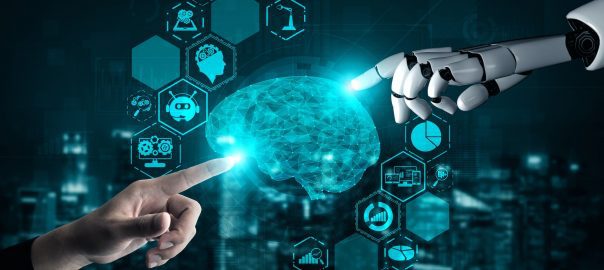Oreste Pollicino, Bocconi University and Giovanni De Gregorio, Bocconi University
In March 2023, Italy became the first western country to block the advanced chatbot known as ChatGPT.
The Italian data protection authority, Garante, cited concerns over the protection of personal data when making this decision. It has given OpenAI, the California-based company that created ChatGPT, until the end of April to comply with its demands.










